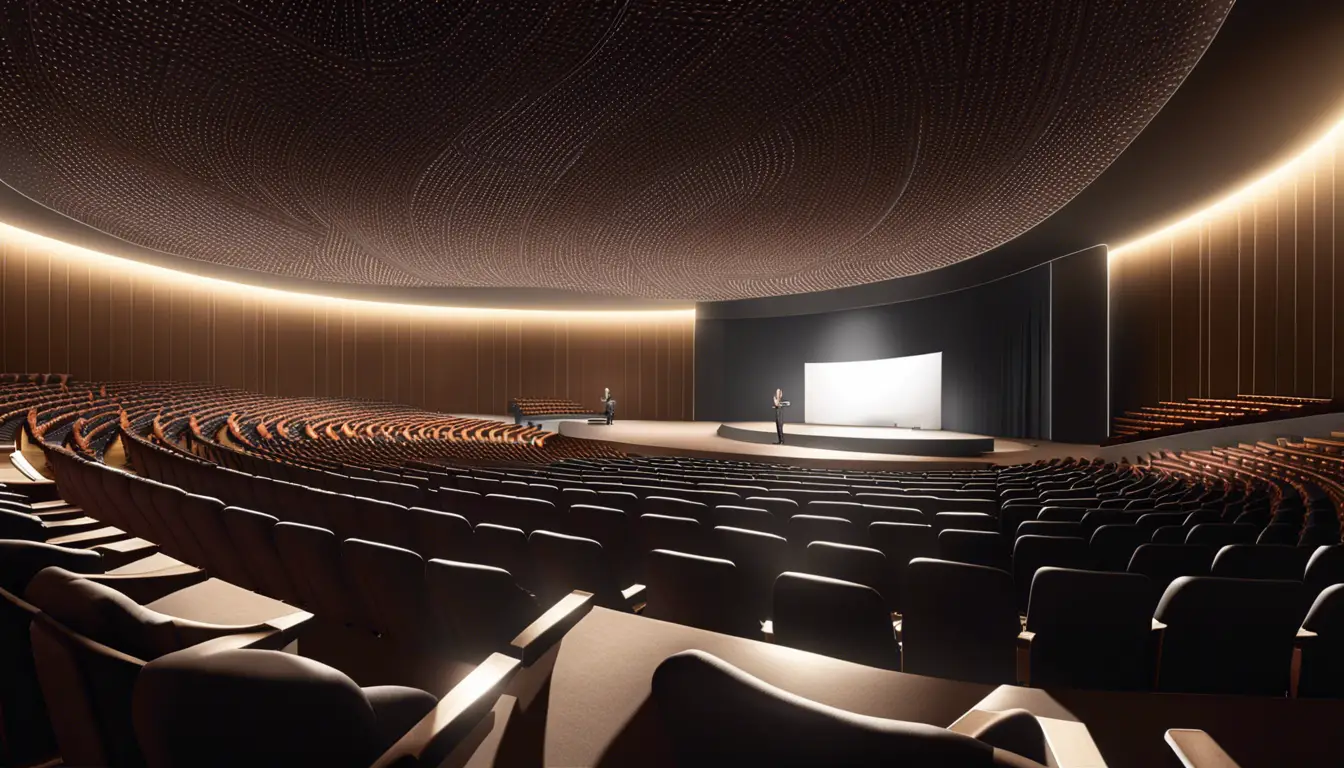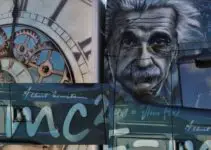
What are examples of creative curriculum lessons? This article provides examples at three levels: K12, college, and graduate school. These lessons include the learning objectives, learning outcomes, teaching strategy, and assessment and evaluation.
Table of Contents
Introduction
Creative curriculum is an innovative approach to education that encourages students to think critically, problem-solve, and express themselves creatively. It goes beyond traditional teaching methods by incorporating hands-on activities, project-based learning, and interdisciplinary approaches. This curriculum aims to foster a love for learning and develop essential skills that students can apply in real-world situations.
One of the key features of creative curriculum is its emphasis on student engagement. Instead of passively receiving information, students actively take part in their own learning process. The curriculum encourages students to explore, ask questions, and collaborate with their peers. This not only enhances their understanding of the subject matter, but also promotes critical thinking and problem-solving skills.
Another key aspect of creative curriculum is its integration of different subjects. Rather than teaching subjects in isolation, this approach encourages teachers to find connections between different disciplines. For example, a science lesson may incorporate elements of art and literature, allowing students to see the interconnectedness of knowledge.
Furthermore, creative curriculum promotes the use of various teaching strategies to cater to different learning styles. Teachers may incorporate visual aids, hands-on experiments, group discussions, and technology-based activities to engage students and enhance their learning experience.
Creative curriculum is a dynamic and student-centered approach to education that fosters creativity, critical thinking, and interdisciplinary learning. By engaging students in meaningful and relevant activities, this curriculum equips them with the skills and knowledge necessary for success in the 21st century.
This article provides creative curriculum lessons in the next section to demonstrate how this curriculum approach works at different educational levels.
More detailed explanations on creative curriculum: Creative Curriculum: Concepts and Examples
Three Examples of Creative Curriculum Lessons
In this section, we will explore three examples of creative curriculum lessons at different educational levels: K-12, college, and graduate school. Each lesson will highlight the learning objectives, learning outcomes, teaching strategies, and assessment and evaluation methods used.
1. K-12 Level: Exploring Ecosystems through Art
Learning Objectives:
- Describe ecosystems and the interdependence of living organisms within them.
- Develop observation and critical thinking skills.
- Enhance creativity and artistic expression.
Learning Outcomes:
By the end of this lesson, students will be able to:
- Identify different components of an ecosystem, such as plants, animals, and their habitats.
- Analyze the relationships and interactions between organisms within an ecosystem.
- Create an artistic representation of an ecosystem, showcasing their understanding of its components and interdependencies.
Teaching Strategy:
- Introduction: The teacher introduces the concept of ecosystems through a brief discussion and visual aids, such as images or videos.
- Exploration: Students are divided into small groups and given the task of exploring a specific ecosystem, such as a forest or a coral reef. They observe and document the different organisms and their interactions within the ecosystem as well as ecosystem services.
- Artistic Expression: Using their observations and understanding, students create an artistic representation of their chosen ecosystem. They can use various art mediums, such as painting, collage, or sculpture.
- Presentation and Reflection: Each group presents their artwork and explains the connections between the different components of their ecosystem. A class discussion follows, allowing students to reflect on the interdependencies and the importance of preserving ecosystems.
Assessment and Evaluation:
- Group Presentation: Students are assessed on their ability to effectively communicate their understanding of ecosystems and their artistic representation.
- Artwork Evaluation: The teacher evaluates the artwork based on creativity, attention to detail, and the accuracy of the ecosystem representation.
- Reflection and Discussion: The teacher assesses students’ participation and the depth of their reflections during the class discussion.
2. College Level: Entrepreneurship and Innovation Workshop
Learning Objectives:
- Develop an entrepreneurial mindset and innovative thinking.
- Describe the process of ideation, prototyping, and business model development.
- Enhance teamwork and collaboration skills.
Learning Outcomes:
By the end of this workshop, students will be able to:
- Generate innovative business ideas and develop them into viable concepts.
- Create a prototype or minimum viable product (MVP) to showcase their idea.
- Design a business model canvas outlining the key components of their venture.
Teaching Strategy:
- Introduction: The instructor introduces the importance of entrepreneurship and innovation in today’s economy, highlighting successful examples.
- Ideation and Brainstorming: Students engage in a brainstorming session to generate business ideas. They explore various industries, market needs, and potential solutions.
- Prototyping and MVP Development: Students select one idea and work in teams to develop a prototype or MVP. They use design thinking methodologies to iterate and refine their concept.
- Business Model Canvas: Each team creates a business model canvas, outlining the key elements of their venture, such as value proposition, customer segments, revenue streams, and cost structure.
- Pitch Presentation: Teams present their business idea, prototype, and business model to a panel of judges or the class. They receive feedback and suggestions for improvement.
Assessment and Evaluation:
- Business Idea and Prototype: The instructor evaluates the creativity, feasibility, and market potential of each team’s business idea and prototype.
- Business Model Canvas: The instructor assesses the completeness and coherence of the business model canvas.
- Pitch Presentation: Teams are evaluated on their presentation skills, clarity of communication, and ability to address questions and feedback.
3. Graduate School Level: Research Symposium
Learning Objectives:
- Develop advanced research and presentation skills.
- Foster interdisciplinary collaboration and knowledge exchange.
- Enhance critical thinking and analytical abilities.
Learning Outcomes:
By the end of this symposium, graduate students will be able to:
- Conduct in-depth research on a specific topic within their field of study.
- Present their research findings to an interdisciplinary audience.
- Engage in intellectual discussions and provide constructive feedback to peers.
Teaching Strategy:
- Research Proposal: Students develop a research proposal, outlining their research questions, objectives, methodology, and expected outcomes.
- Research Conduct: Students conduct their research, following the proposed methodology and collecting relevant data.
- Presentation Preparation: Students prepare a presentation summarizing their research findings. They focus on clear communication, visual aids, and engaging storytelling techniques.
- Research Symposium: The graduate school organizes a symposium where students present their research to an interdisciplinary audience. Each presentation is followed by a Q&A session and constructive feedback from peers and faculty members.
- Reflection and Discussion: After the symposium, students engage in a reflective discussion, sharing their insights, challenges, and lessons learned during the research process.
Assessment and Evaluation:
- Research Proposal: The proposal is evaluated based on its clarity, feasibility, and alignment with the research objectives.
- Research Findings Presentation: Students are assessed on their ability to effectively communicate their research findings, engage the audience, and respond to questions.
- Peer Feedback: Students provide constructive feedback to their peers’ presentations, demonstrating their critical thinking and analytical skills.
These three examples of creative curriculum lessons demonstrate the effectiveness of this approach in engaging students, fostering critical thinking, and promoting interdisciplinary learning. Whether it’s exploring ecosystems through art at the K-12 level, developing an entrepreneurial mindset in college, or conducting research symposiums at the graduate school level, creative curriculum empowers students to actively participate in their learning journey and apply their knowledge in real-world contexts.
By incorporating hands-on activities, project-based learning, and interdisciplinary approaches, creative curriculum equips students with the essential skills and competencies needed for success in the 21st century.
Conclusion
Creative curriculum has proven to be highly effective in enabling student learning across different educational levels. By incorporating hands-on activities, project-based learning, and interdisciplinary approaches, creative curriculum engages students in a meaningful way, fostering critical thinking, problem-solving skills, and creativity.
At the K-12 level, the example of exploring ecosystems through art demonstrates how creative curriculum can enhance students’ understanding of complex concepts. By combining scientific knowledge with artistic expression, students not only learn about ecosystems but also develop observation and critical thinking skills.
In college, the entrepreneurship and innovation workshop showcases how creative curriculum can cultivate an entrepreneurial mindset and innovative thinking. Through ideation, prototyping, and business model development, students learn to generate and refine business ideas, while also enhancing teamwork and collaboration skills.
At the graduate school level, the research symposium exemplifies how creative curriculum can foster advanced research and presentation skills. By conducting in-depth research, presenting findings to an interdisciplinary audience, and engaging in intellectual discussions, graduate students develop critical thinking and analytical abilities.
Overall, creative curriculum empowers students to actively participate in their learning journey and apply their knowledge in real-world contexts. It equips them with the essential skills and competencies needed for success in the 21st century. By embracing creativity, innovation, and interdisciplinary learning, creative curriculum prepares students to become lifelong learners and adaptable problem solvers in an ever-changing world.



